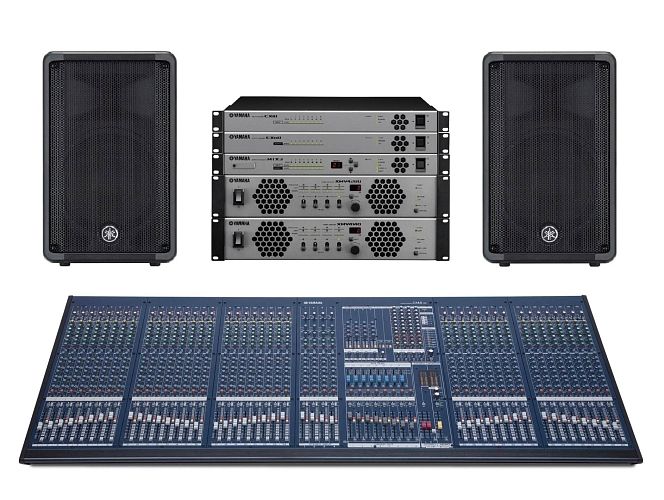
Sound equipment: Types, varieties, main features and areas of application
Sound equipment is a hardware device whose main function is to reproduce, process and amplify sound, the purpose of which is to provide high-quality sound taking into account the requirements for a specific room.
High-quality sound reproduction is the reproduction of sound in a sufficient frequency range and with optimal volume, the elimination of echo and extraneous noise, the sound should be equally audible in all areas of the room where people are expected to be. Obviously, to achieve these goals, it is necessary to competently select and configure audio equipment depending on the purpose of the room.
The range of applications of sound equipment is very wide and varies from creating background sound in cafes, bars and restaurants to preparing acoustic equipment on the stage of a mass concert; from equipping a modern cinema for several hundred spectators to a cozy home cinema, which is not inferior, however, to the first in sound quality.
“It is the purpose of the acoustic system that dictates all the key requirements for it and for the choice of its components.”
Acoustic systems
The task of acoustic systems is to convert an electrical signal into sound waves, simply to reproduce sound. Acoustic systems differ in the type of connection and depending on the method of signal transmission they can be divided into:
- Transformer
- Low-impedance
According to the design, acoustic systems are divided into:
- Cabinet
- Built-in
According to the purpose, acoustic systems are divided into:
- Concert
- Landscape
- Computer
- Studio
- For home theater
- Car
- Public address system
“Also, acoustic systems can be flush-mounted, floor-standing or suspended. In addition, there is a division into single-band and multi-band acoustic systems.”
The power amplifier is responsible for amplifying the audio signal to the required volume level. Amplifiers are classified by amplification class and output power. The differences lie in the operating principle of the device’s amplification stages and internal circuitry. Recently, class D (Digital) amplifiers have become the most widespread. They are characterized by high efficiency, compact size and high output power with minimal heat generation. According to their design, amplifiers are divided into rack-mounted and desktop. Desktop devices are usually manufactured for home use (Hi-fi).
Modern preamplifiers are used to switch and process the input audio signal from audio sources connected to it (DVD, CD, Blu-ray player, media player, audio conference system, etc.) to a single linear level. Also, the most important function of the preamplifier is the ability to adjust the volume. Preamplifiers are classified by their type of purpose. Depending on the purpose of the preamplifier, its name also changes. In everyday use it is called a “receiver”, in concerts – a “mixer”, and in the professional segment – a “matrix switch”. Depending on the type of preamplifier, its functionality also changes. Simply put, the preamplifier “prepares” an intermediate audio signal for transmission to the amplification system, to one or more final power amplifiers.
Conference systems
Conference systems (discussion systems, congress systems) are a set of equipment consisting of a central unit and a set of specialized microphones, which is designed to amplify the speech of participants at an event.






